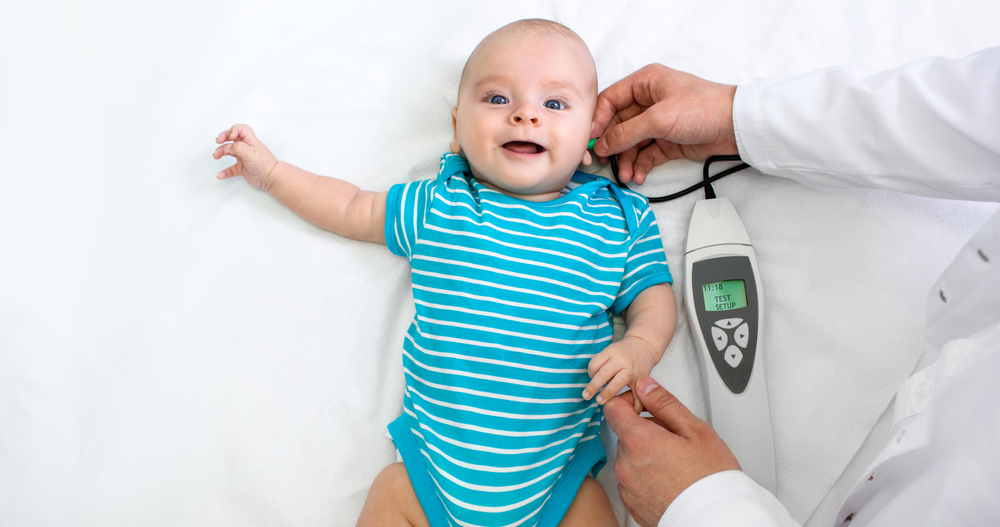TYPES
Various tests can be conducted to measure a hearing loss problem. You have five options to choose from:
- Otoacoustic emissions Test
The patient wears an earpiece that stimulates a sound and the otoacoustic emission response by relaying vibration. Patients will not have to do anything else but wear the earpiece and wait for the results. The test result is seen on a screen by the conductor of the test.
The ABR test, the shortcut for Auditory Brainstem Response, is a test to check if the inner ear and the patient’s brain are working well together. It may also be called an Auditory Evoked Potential (AEP). The test is conducted if the brain or a brain pathway susceptible causes your hearing loss. The test is done by placing an electrode to the patient’s skin and is connected to a screen. It measures the brain wave while the patient rests or sleeps as the sound checks for a response. Results are seen through a print out of the findings.
A Pure Tone Testing, also called air conduction testing, is a test done to see if you respond to silent sounds in different circumstances through earphones. Some patients may refuse to wear earphones, so the test is conducted through a speaker. The response may be pressing a button, raising your hand, or lifting a finger. The test checks how well you respond to sounds. Results are recorded in an audiogram.
Speech testing is conducted to check how well you can repeat the words you have heard. Words are passed through headphones, and the patient needs to repeat those words. It is done for word recognition and in a noisy place. The results are compared to the pure tone testing to identify a hearing loss.
The tests of the middle ear include Tympanometry, acoustic reflex measures, and static reflex measures. These tests are done for 3-5 years old. Tympanometry is a test conducted to show how your eardrum moves when air is pushed in. Acoustic reflex measures are done to check if the tiny muscle tightens up in your ear when you hear a loud sound. People with hearing loss will not have—a reflex. Static reflex measures are conducted to see the amount of air in the ear canal. It will check if your eardrum has a hole. It checks for blockage and the presence of fluid in the eardrum.


